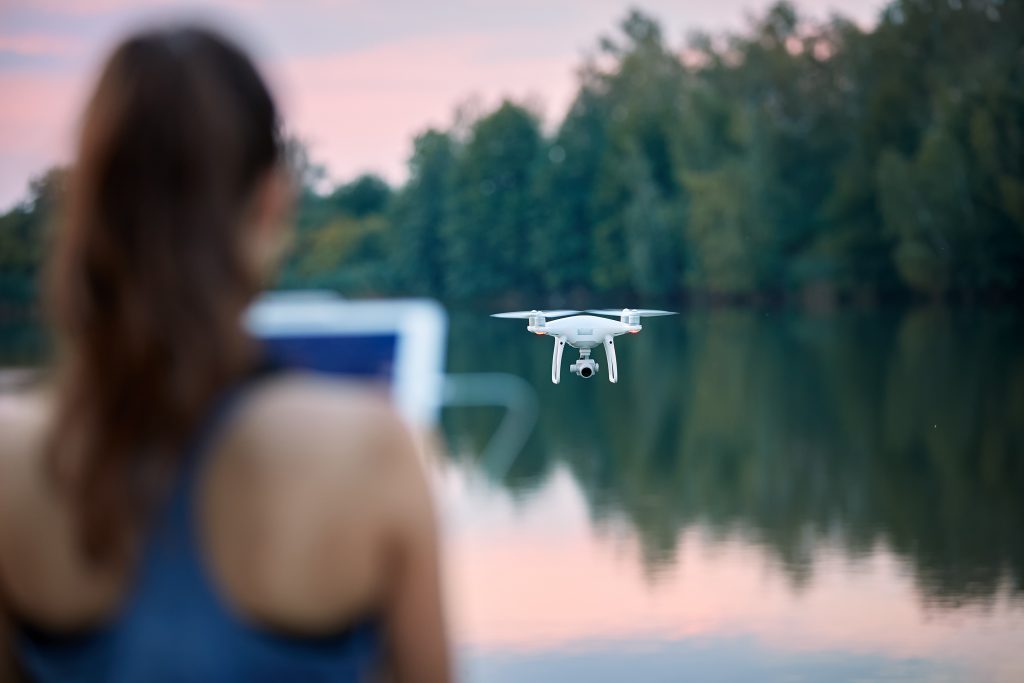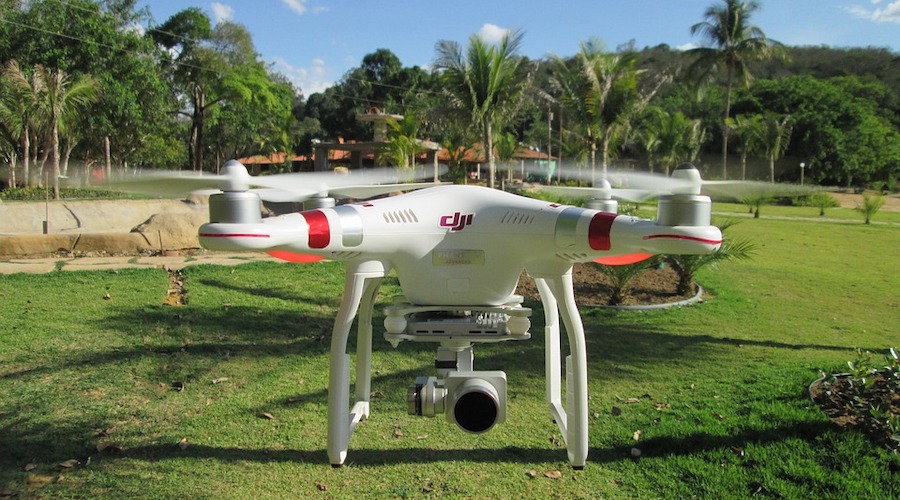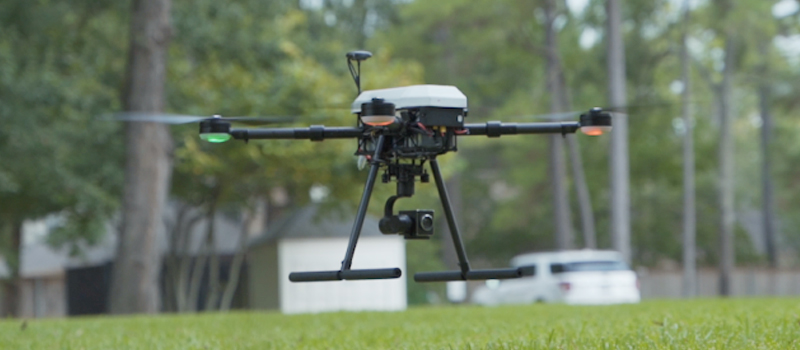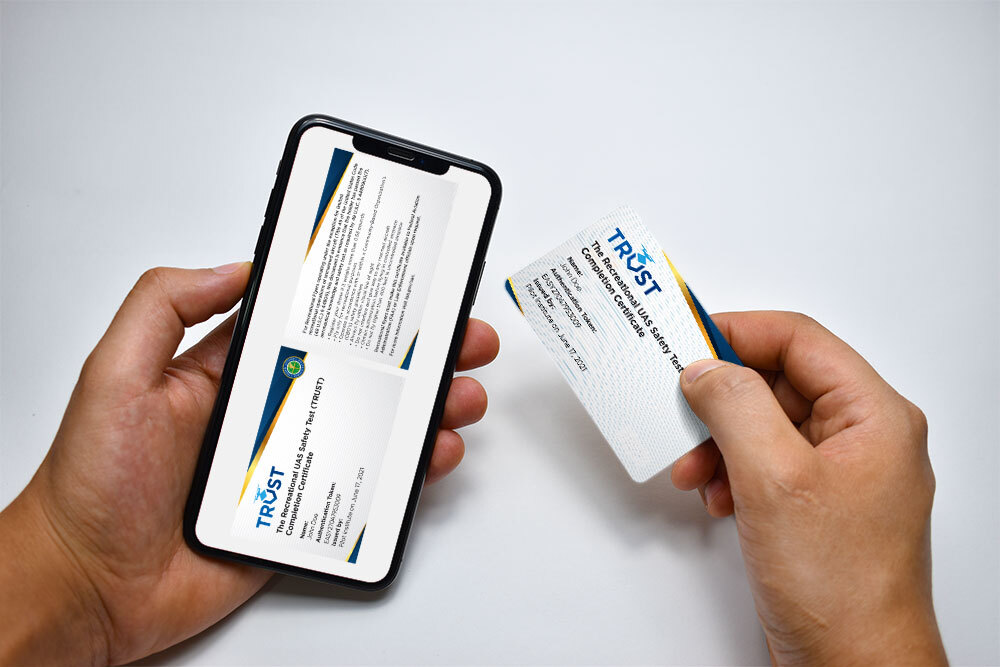The growing market for commercial drone services has attracted a huge number of drone pilots who are looking to profit from this new demand. However, the demand isn’t unlimited. In a field that gets saturated by the day, how can one drone pilot stand out?
One way is to flaunt your skills and experience through certifications. These are gained through training or passing proficiency tests. What are the most valuable certifications for drone pilots? Check out some good examples below.
Why bother to get any certification?
Earning a certification in any field requires a significant amount of work and financial investment on training and proficiency tests. In the field of commercial drone services, is getting a certification really worth it? Considering how young and undeveloped the field is, we argue that getting a certification will give you value the sooner you do it.
Certification is often required for drone applications that are much more uncommon than simply taking aerial photos. Services like mapping, 3D modeling, and thermal imaging aren’t offered by a lot of drone pilots simply because they require a higher level of technical skill.
By having a certification, you have documented evidence of your level of skill which you can use to draw in potential clients. Think of it as getting a “foot in the door” – a way for high-profile clients to even consider you to fly your drone for applications with high costs at stake.
Since certified drone pilots are so rare, having specialized skills is one of the most reliable ways for you to charge premium rates for your services. In fact, many successful drone pilots have cited experience and specialization in building a thriving career in the field of commercial drone-based services.
Part 107 remote pilot certification

If you’re planning to offer commercial drone services, this is the first piece of certification you need to get. Based on the Part 107 rules as proposed and implemented by the FAA, the Part 107 remote pilot certificate allows you to legally use your drone for commercial purposes subject to a set of restrictions. The FAA grants this certification to all drone pilots who satisfy their minimum requirements, pass a Part 107 knowledge test, and clear a background check done by the TSA.
The Part 107 rules provide the legal framework for all commercial drone operations in the US. By enforcing certain flight restrictions and requiring a minimum skill level, this rule aims to make national airspace safer for both drones and manned aircraft.
The knowledge test is the biggest hurdle you will face in earning a Part 107 remote pilot certificate. The 60-item multiple-choice test is designed to assess your level of knowledge on certain aviation-related topics. Since most drone pilots don’t exactly have a formal background in aviation, it often takes an ample amount of time and effort to prepare for the knowledge test. It’s not incredibly difficult, though – hundreds of thousands of drone pilots have already been certified by the FAA.
Earning a Part 107 remote pilot certificate grants you the privilege to fly your drone for commercial purposes legally, but it also binds you to the flight restrictions outline in 14 CFR Part 107. These privileges are valid only for 24 months, after which you’ll need to go through a recurrent knowledge test to have them renewed.
Thermal imaging certification
One of the best ways to be successful in any field is to specialize. By fulfilling a niche demand, you have the opportunity of cornering a small but lucrative corner of the market for drone services. For this reason, doing the work to earn a thermal imaging certification is a very good way to set yourself apart from most other drone pilots.
Thermal imaging relies on the use of infrared thermal cameras mounted on drones to serve the needs of several industries. This is one of the more versatile skills you can have as a drone pilot, as thermal imaging has proven to be instrumental for improving the processes of roof inspection, power line inspection, emergency response, and solar panel inspection. Better yet is the fact that there aren’t many drone pilots that are certified to conduct thermal imaging.
A good thermal imaging certification course should cover the theory and science of thermography, provide hands-on training, and teach you how to process and interpret thermal imaging data. Training in thermal imaging is a very good way of future-proofing your career as a drone pilot as this technology has been in use in several industries for the last few decades, and its usefulness is unlikely to wane.
Aerial mapping and 3D modeling certification

In the field of drone services, aerial mapping and 3D modeling go hand-in-hand. This is because modern maps should be more than just pictures – they are not fully navigable 3D models representing point data that can be measured and manipulated in countless ways. This technology has become very useful in many industries including construction, mining, urban planning, and scientific and social research.
There are two major techniques used in aerial mapping: photogrammetry and LiDAR. Photogrammetry is the simpler of the two, relying only on a series of overlapping images taken from a standard high-resolution camera and stitching them together to create a fully realized 3D model. LiDAR is a bit more complex (and expensive!) with point data generated by constant emission and reflection of light from a controlled source.
In any case, going into aerial mapping requires more than just drone flight skills. It would be best to understand the fundamentals of cartography as well as the basics of cartography. If you can do data processing through platforms such as ArcGIS, then you can offer more value-added services to your clients.
Again, certification is merely a way to differentiate yourself from other drone pilots and provide documentation to your potential clients about your expertise. In the field of mapping, data accuracy and survey reliability are the two most important expected of your service. With certification, you stand better chances of convincing clients that you can provide exactly what they need.
Industrial inspection certification
Inspection of large-scale industrial equipment, such as power lines, cell towers, and cooling towers is a job that’s uniquely suited to drones. Not only can drones finish such jobs faster than humans suspended on cables ever will, butthey also make it possible to do an industrial inspection without exposing people to the hazards of working at heights.
The problem with offering this service is that you will end up flying very close to equipment or infrastructure that can be very expensive to repair if they get damaged. It’s not hard to imagine how dire the consequences will be of crashing your drone into a cellular communications tower. For this reason, companies that require such services can be very discerning and will often pick only drone pilots with proven track records.
A good certification course on industrial inspection should provide lessons on evaluating worksites and weather considerations before proceeding with a job. It would also be ideal to receive hands-on training flying around different types of structures, including towers, pipelines, and power lines. Some programs combine industrial inspection with thermal imaging. This is an excellent option that allows you to offer a full range of industrial inspection services.
Final thoughts
Being successful in the field of drone pilots takes more than just being a good drone pilot. By keeping in mind that the drone is merely a vehicle for external devices to gather useful data you will be compelled to expand your skillset beyond drone flight.
The skills we’ve highlighted here – thermal imaging, aerial mapping, and industrial inspection – are just a few examples of highly specialized and lucrative sub-categories of commercial drone-based services. While developing your skills in any of these three fields is certainly worth the investment, they also aren’t the only ways to achieve success.





